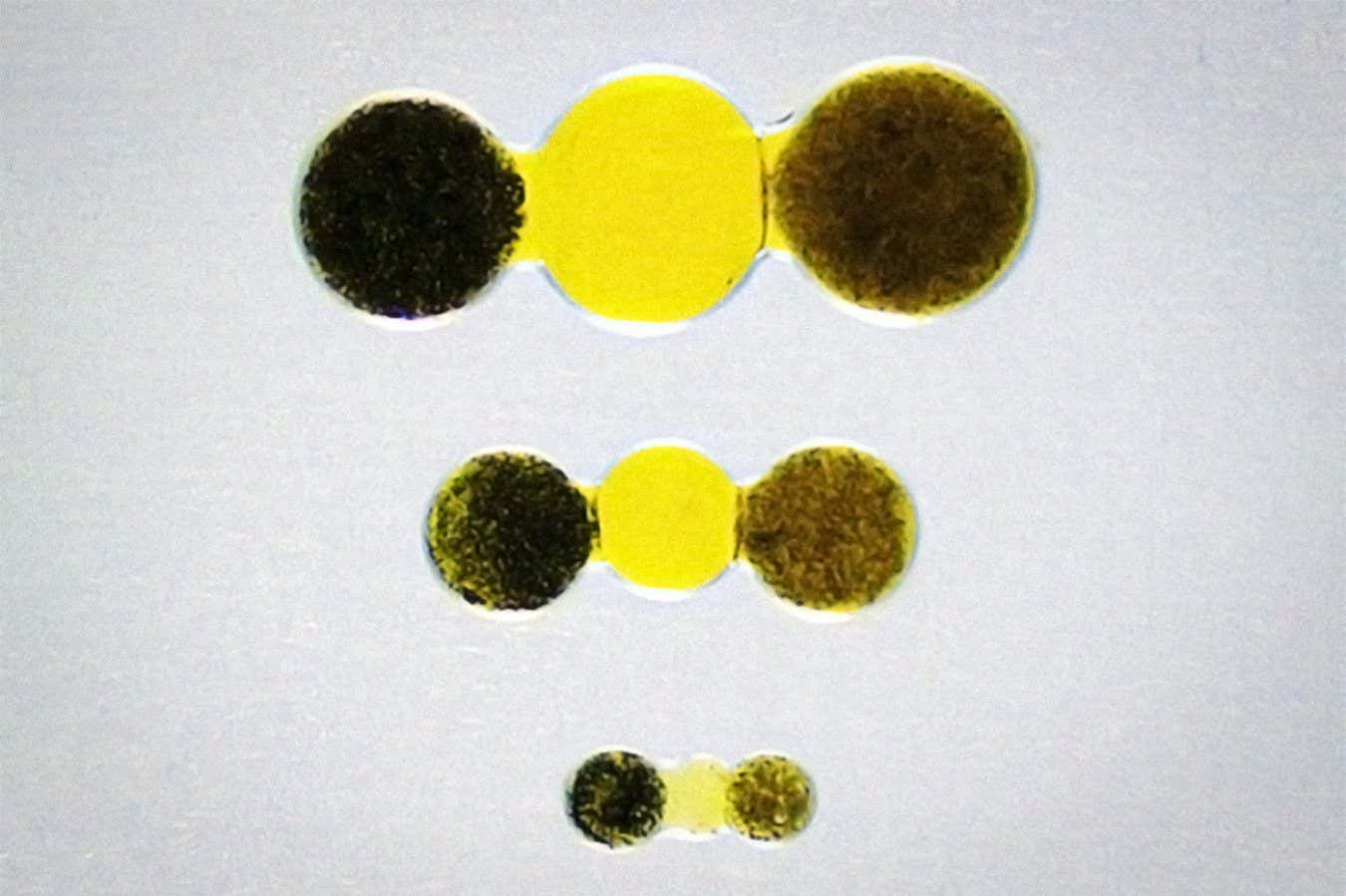A lithium-ion battery made from three droplets of hydrogel is the smallest soft battery of its kind – and it could be used in biocompatible and biodegradable implants
By Jeremy Hsu
25 October 2024
A tiny soft lithium-ion battery made from droplets
University of Oxford
The smallest soft lithium-ion battery ever made consists of just three tiny droplets formed from a silk-based hydrogel. The droplet battery can deliver defibrillator electric shocks to beating mouse hearts, along with providing pacemaker-style control – but it may eventually power biomedical implants and wearable electronics for humans.
“Potentially, our tiny battery could be used as an implantable microrobotic battery, which can be moved to target locations by a magnetic field and then release its energy for medical treatments,” says Yujia Zhang at the University of Oxford.
Read more
Tiny nuclear-powered battery could work for decades in space or at sea
Advertisement
Zhang and his colleagues designed the tiny batteries as three connected droplets that can self-assemble in a liquid solution, after the various ingredients are injected into the liquid by micro-syringe. One droplet contains lithium manganese oxide particles and acts as the battery’s negative electrode, while a second droplet contains lithium titanate particles and represents the positive electrode. A central droplet filled with lithium chloride separates these electrodes. UV light activates the battery by rupturing the layers separating each droplet and allowing lithium ions to flow freely between them.
The droplet batteries are 10 times smaller in length than previous soft lithium-ion batteries. At just 600 micrometres, it is about six times the width of a human hair. The batteries are also 1000 times smaller in volume than similar flexible lithium-ion batteries. And because the central droplet can incorporate magnetic nickel particles, the batteries can be controlled remotely via an external magnetic field.
Such miniature batteries also deliver an unprecedented amount of energy given their tiny size, says Wei Gao at the California Institute of Technology. “This energy density is notably higher than what has been achieved in other similar-sized batteries,” he says.
